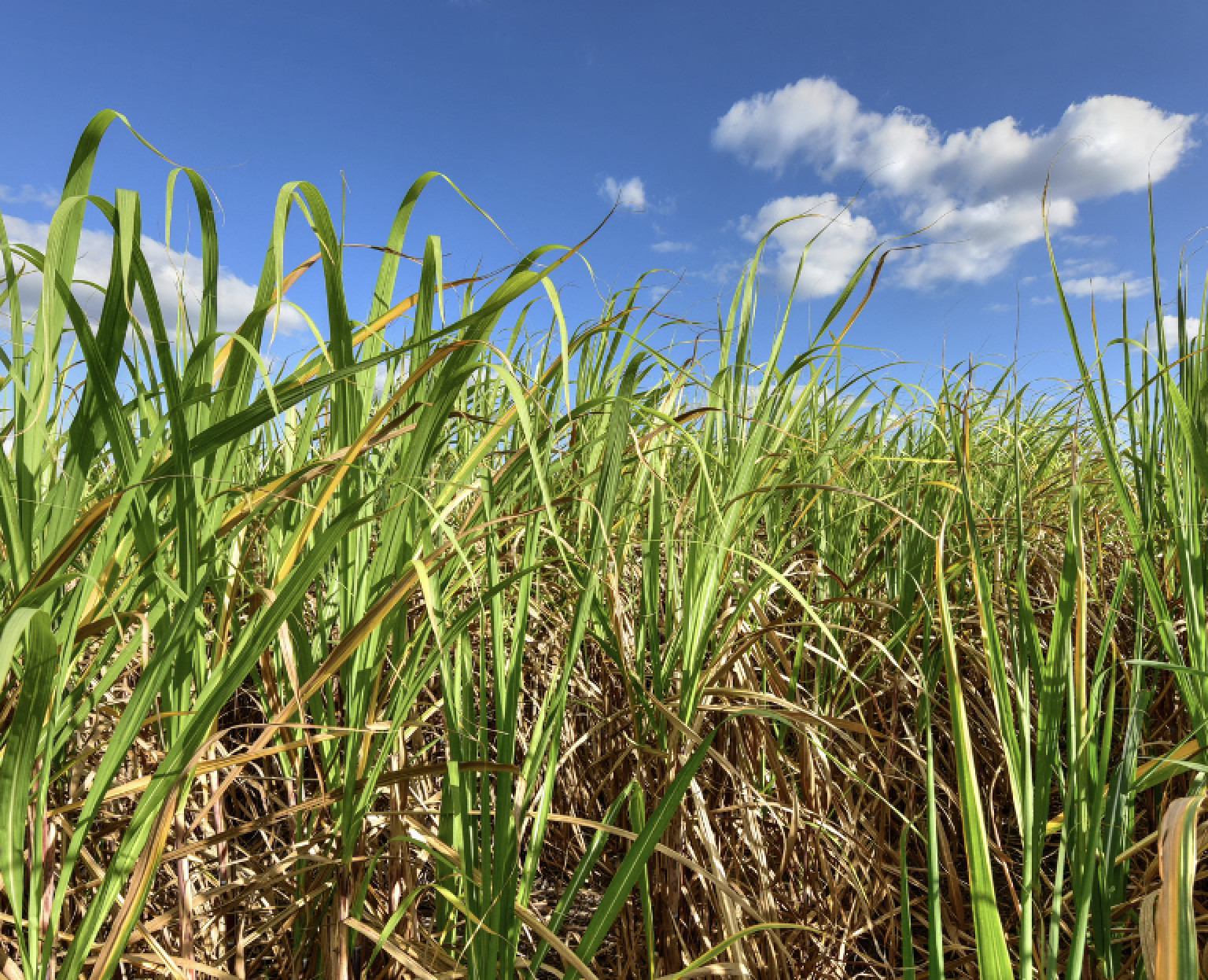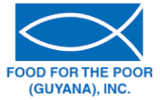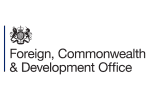11th December 2023
The Director of Cuba’s state sugar group, Azcuba, Julio García, has said that the 2023-24 harvest will be “superior” to that of 2022-23, while indicating that government regards the sector’s future as strategic in relation to power generation.
In 2022-23 the country recorded an all-time production low of about 350,000 tonnes despite a significant restructuring of the sector.
Speaking on the television and radio programme Mesa Redonda, he gave no indication of expected production levels in the coming campaign. Instead García set out the sector’s plans for recovery, in part with foreign investment, while making clear the many challenges facing the industry if it is to achieve its objective of becoming a profitable, integrated ,agro-industrial sector.
García made clear that the coming campaign is expected to guarantee all the sugar necessary for the domestic economy, as well as to produce alcohols and spirits, but said nothing about previously unmet export contracts with China for the supply of sugar. He also stressed the importance of planting a greater area under cane, describing it as “a fundamental step for growth.”
“We expect a harvest greater than the previous one, with the capacity to ensure the demands of the economy and [to] allocate a part to exports. It will be a short but efficient harvest, in which we must place the worker at the centre of attention. We know that an economic recovery of the country requires the contribution of the sugar sector,” he told viewers.
In his remarks García stressed the strategic importance of the sector and its restructuring, observing its important contribution to the country’s energy supply. “This is a strategic sector due to its contribution to the energy matrix,” he said, noting that up to 14 % of the country’s energy supply could be achieved using as biomass, sugar cane, other crop residues such as sugar cane straw, and forest residues.
He also set out the extent to which plans to restructure the industry had been achieved. Today, he said, the sector consists of 56 agro-industrial sugar companies, one sugarcane factory in the Santa Cruz del Sur municipality, and 16 support companies which include 12 distilleries, 11 refineries, as well as 114 derivatives plants and 10 rum factories.
García said that to “advance and recover,” the sector’s new business model allowed for “obtaining 84% of the foreign currency to buy inputs for sugar cane, such as herbicides and fertilisers.” Listing some of the derivatives the sector produces including electricity, alcohol, rums, sorbitol, cane wax, raw materials for more than 50 medicines, and bioproducts some relating to the planting of sugarcane, he suggested their export development potential “can provide the sources of financing that the sector needs.”
Azcuba, he noted, had “approved foreign investment negotiating directives” …. “linked to BRICS countries, that are traditional sugar producers, [which can] contribute to the sector with modern technology: mainly Indian, Brazilian and Chinese,” but not mentioning recent Russian interest in the sector.
Foreign investment, he made clear, will also be essential for 16 products the group has, to make use of planned increases in sugarcane production to develop other product lines such as brandy and wine. Azcuba was also exploring, he said, businesses linked to the modernisation of power plants and studying the development of biofuels. Noting that the entity’s new business model made this easier to do, he said that in the domestic market advantage will be taken “to introduce joint ventures and exporters into the value chain.”
“Food production is a priority for our sector. Our plants with the greatest strengths are those that have a circular economy model, since they grow cane, manufacture sugar, but they also make alcohol, rum, produce electricity, yeast …. closing the cycle of the circular economy,” he told viewers.
Despite this, García pointed to multiple challenges still facing the recovery of the sector.
These included, he said, the fact that low production and shortages of sugar on the domestic market had seen its price there rise to CUP150 per lb, resulting in illegalities and the company having to work with Cuba’s judicial system and introduce video recording systems.
He also pointed to the need to overcome the failure to date to achieve the required 1.4mn hectares under sugarcane required for future development; having to attend to changing organisational and management capacity as a result of those involved leaving the country or for self-employment or to MSMEs; existing debts to farmers from previous years; shortages of fuel and energy at key moments and undersupply; availability of all of the financing required for inputs when needed; shortages of fertilisers and herbicides; and climate change.
García also referred to the impact that the excessive burning of cane had on yields and quality; the continuing impact of the embargo on critical items of imported equipment; and the failure to meet “very serious commitments” for contracted exports. He also noted the complexity of pricing of sugar cane because of its inclusion in the state regulated family basket, being able to produce enough food to feed and adequately house workers in the sector and attract better educated younger people into the sector.
Cuba historically consumes around 700,000 tonnes of sugar each year and has exported under contract about 0.4mn tonnes to China. In 2019 Cuba produced 1.3 mn tonnes of sugar.
The Caribbean Council is able to provide further detail about all of the stories in Cuba Briefing. If you would like a more detailed insight into any of the content of today’s issue, please get in touch.






